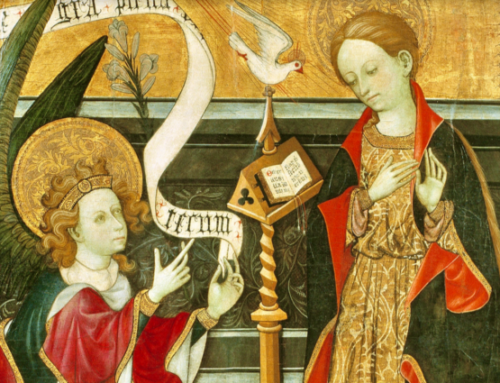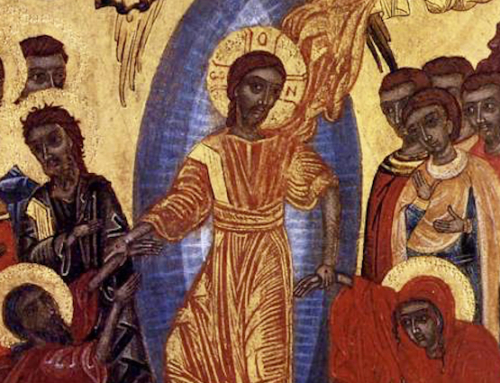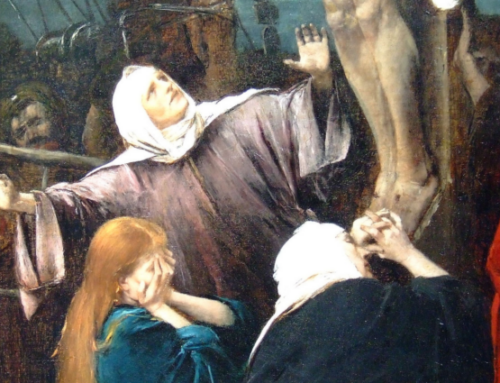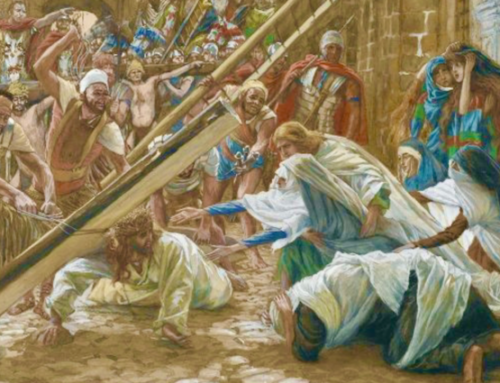Hector Berlioz’s “Quartetto e coro dei maggi” (“Quartet and Chorus of the Magi”) was written sometime around the year 1832 but not published until 1902. The author of the text is not known, though it might well have been Berlioz himself. Below is the original Italian text and an English translation, followed by a performance of the work.
Il Redentore è nato!
Gioia! Il Redentore è nato!
Speranza e gioia!
Popoli della terra, il Redentore è nato.
Popoli, contento, allegrezza!
O gioia, contento e riso!
Popoli, gioia, speranza!
Il Redentore è nato.
The Redeemer has been born!
Joy! The Redeemer has been born!
Hope and joy!
Peoples of the earth, the Redeemer has been born.
People, be happy, be joyous!
O joy, be happy and laugh!
People, joy, hope!
The Redeemer has been born!
The Imaginative Conservative applies the principle of appreciation to the discussion of culture and politics—we approach dialogue with magnanimity rather than with mere civility. Will you help us remain a refreshing oasis in the increasingly contentious arena of modern discourse? Please consider donating now.
The featured image is “The Adoration of the Magi” by Jean Pierre Granger, and is the public domain, courtesy of Wikimedia Commons (1779-1840).








Leave A Comment